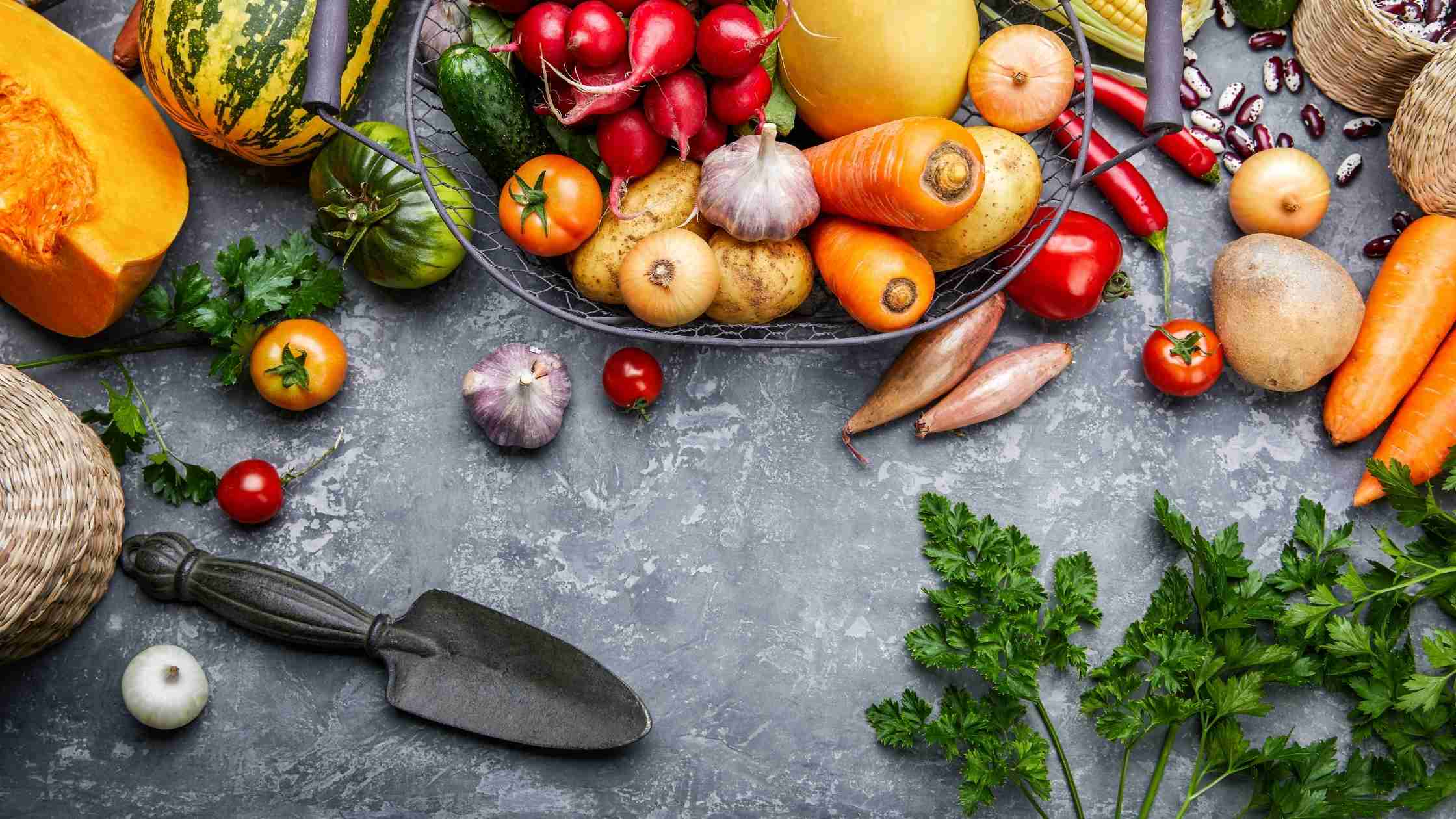Post by Guest Bloggers - Ajay Fry (Instagram @ajayfry) and Zaira Gaudio-Fry (Instagram @zairagaudio)
Gardening season is coming fast, and if you've ever thought about renovating your yard, now is the time. Last spring, we embarked on a colossal backyard renovation that allowed us to create the tiny urban farm we had always dreamed of in our backyard (as well as expanding our entertaining space in the process).
Here's how we did it:
1. Map your Space
Plan for how much space you need to devote to entertaining and to kid or animal-friendly play space, as well as your own garden goals and pathways to get around. When planning, consider where and how the sunlight hits your yard and how much sunlight your plants need.
When you're planning the size of your beds, consider not just the spatial needs of your plants but the length of your own reach. When we built our planters, we opted for 2-foot-wide growers along a fence and 4-foot-wide pots anywhere we could access them from both sides. This maximized our planting space while keeping everything easily accessible. If space in your yard is limited, consider a multi-tiered planter box.
2. Build (or buy) Raised Beds
The health of your garden depends on the health of your plants' root systems - raised garden beds help give your plants a deeper root system and prevent soil compaction. If possible, place your beds directly on the soil with a layer of mesh between to keep burrowing animals out while allowing your roots to go as deep as they'd like.
When it comes to materials, there are plenty of options to choose from: if DIY is your jam, cedar or stone are classic options due to their strength and resistance to rot; however, there are many excellent pre-fab metal, wood, and plastic options on the market. Generally, it is recommended to avoid pressure-treated lumber unless you intend to line it, as it can leach unwanted chemicals into your soil and crops.
3. Bring in High-Quality Garden Soil (& other surface materials)
Rich soil is essential for thriving vegetable gardens - that's why it's important to source high-quality garden soil to fill your beds. Less Mess delivers top-notch garden soil, whether you live on a large country road or a tiny urban cul-de-sac. These deliveries are made in their reusable, resealable 1 cubic yard Enviro Bags, perfect for large and small projects.
Our garden used 2 bags of premium topsoil to finish the re-grade of the yard, 5 bags of garden soil to fill the beds, and 1 bulk sack each of sand and gravel to create our pathways between the beds. All these deliveries we made seamlessly by Less Mess. We love that the gravel pathway requires no weeding or maintenance while still allowing water to permeate the soil below. It's comfortable to walk on and perfectly suited to Ontario winters' freezing and thawing.
4. Plan your Crops
Make the most of your new planters by taking the time to research companion planting. You'll be able to plant more food in less space - and don't forget to make room for pest-repellent border crops that will add even more vibrance and life to your garden, like marigolds.
5. Plant and Mulch
That's right! Your garden is ready to plant and mulch - if you're starting from seed, check the requirements to figure out each plant's timing and environmental needs. For example, some of your seeds will want to be started indoors in late winter (peppers, tomatoes). In contrast, others would prefer to be directly sown outdoors in the early spring as they don't take well to transplanting (quinoa, nasturtiums).
Once your plants and seeds are in the soil, take the time to add a light layer of mulch. Mulching your beds goes a long way to help your soil retain water to keep its temperature consistent. Whatever you grow, make sure you harden your seedlings off and wait until you're past your last frost date before you transplant them into the soil. It is generally recommended here in Southern Ontario to delay the May long weekend before transplanting, though as 2021 reminded us, sometimes even that can be too early!




